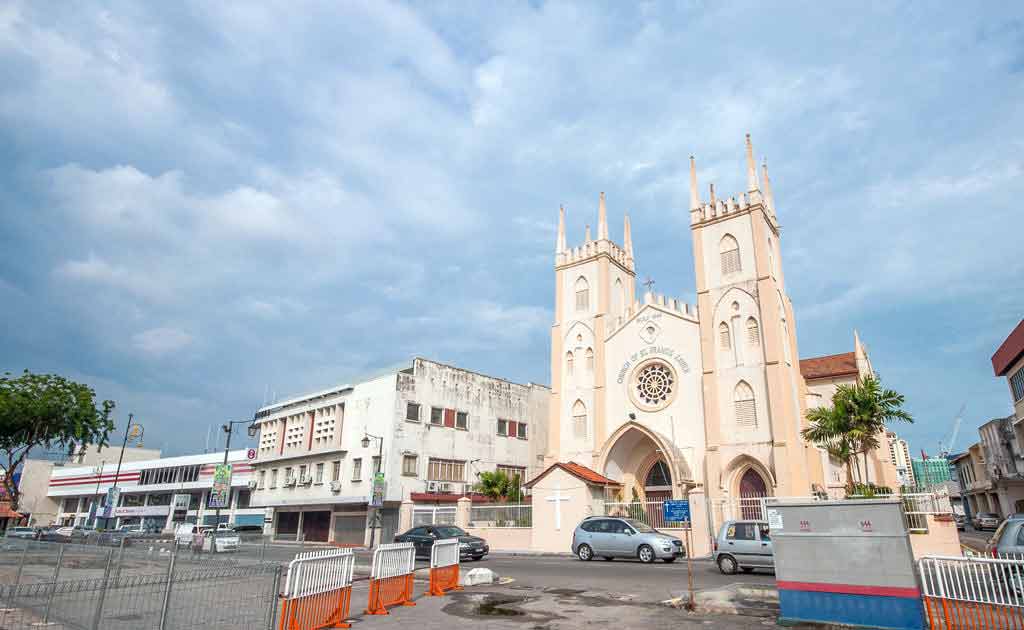On 15 April 1989, then-Prime Minister Tun Dr. Mahathir Mohamad officially declared Malacca City to be a historical city. Ever since then, 15 April has been officially celebrated as a state holiday for Malacca, the Declaration of Malacca as a Historical City. Malacca City was Malaysia’s unofficial historical city until 7 July 2008 when the United Nations Educational, Scientific and Cultural Organization (UNESCO) formally recognised both Malacca City and George Town as historical cities and as UNESCO World Heritage Sites. This places them in a list which includes over a thousand landmarks across the world, making them of equal status with places like the Great Wall of China and the medieval city of Rhodes in Greece.
So, with all that said, what makes Malacca a historical city? That’s what we’re going to find out in this article as we explore all the things that make Malacca a place filled with lots of historical values.
Malacca Through the Centuries

Ever since the founding of Malacca by Parameswara in the late 14th century, every century has been marked by a new cultural development.
- In the 15th century, envoys from China paid a visit to Malacca to establish trade ties. Favourable relations between the Chinese and the local populace resulted in intermarriage, which led to the birth of the Peranakan culture—more on that later.
- During the 16th century, Malacca was first visited by a Portuguese trading expedition, but was later colonised by the Portuguese armada after a 10-day siege.
- The Portuguese had colonised Malacca for about 130 years until the Dutch (with help from the Johor Sultanate) took over in the 17th century as part of the Dutch East India Company’s campaign to eliminate Portuguese power in the East.
- Towards the end of the 18th century, British Residents had occupied Malacca during the Napoleonic Wars, but they returned Malacca to the Dutch under the Treaty of Vienna in 1815, only for the exchange to happen again under the Anglo-Dutch Treaty in 1824 where the British traded Sumatra with the Dutch for Malacca.
- More than a century later, the Japanese occupation had taken over Malacca, but this only lasted for a little over three years as World War II came to a close.
- Finally, on 31 August 1957, Malacca—together with the rest of Malaya—achieved independence from the British.
Peranakan

These seven centuries of interactions with foreign cultures have resulted in a diverse collection of cultural heritage in Malacca itself. As mentioned, the Peranakan culture is a hybridisation of ancient Chinese culture with the local culture of the time. If you would like to take a closer look at Peranakan culture, you should check out the Baba & Nyonya Heritage Museum in Malacca!
Chetti

A lesser-known hybrid culture is the Chetti, also known as Chitty or Chetty. They are a group of Tamil people who are alternatively called “Indian Peranakans” because they adopted Chinese and Malay cultures while remaining Hindu. Thus, they have some very unique cultural practices, like filling banana leaves with an ancestor’s favourite foods as per Indian customs while lighting red candles per Chinese customs during the Qing Ming Festival, where unlike the traditional Indian practice of cremation, they followed Chinese burial customs instead. Today, some of the Chetti are also in Singapore where they have formed the Peranakan Indian (Chitty Melaka) Association Singapore. There is also a Chetti Museum in Malacca located near the main road of Kampung Chetti.
Kristang

Another interesting culture that came about due to Malacca’s unique history is Kristang, which is the hybridisation of local and Portuguese cultures, with strong Dutch as well as some British influences due to intermarriage over the centuries. To this day, there remains a Kristang community in Malacca, and several notable Kristang figures in Malaysia include AirAsia CEO Tony Fernandez and celebrity chef Melba Nunis. If you are interested in experiencing Kristang culture with your tastebuds, you’ll be glad to know that Chef Melba Nunis is working at The Mansion, which is a restaurant in The Majestic Malacca.
Dondang Sayang

In 2018, UNESCO recognised Dondang Sayang as an Intangible Cultural Heritage of Humanity. Dondang Sayang is a traditional Malay performance where couples exchange romantic poetry accompanied by music. Although this has been performed since the 15th century at Royal Palace ceremonies and events, it has evolved alongside the cultures that came, incorporating European musical instruments like accordions and violins, as well as being influenced by Portuguese folk music. Today, this cultural performance continues to be practised by the Malay, Peranakan, Chetti and Kristang communities.
So there you have it, those are just some of the many reasons why Malacca is a historical city. What is your favourite thing about Malacca? Is it the food, the architecture, the environment, etc.? Let us know in the comments section below!
Credit: FlyKLIA @ https://www.flyklia.com/declaration-of-malacca-as-a-historical-city/






